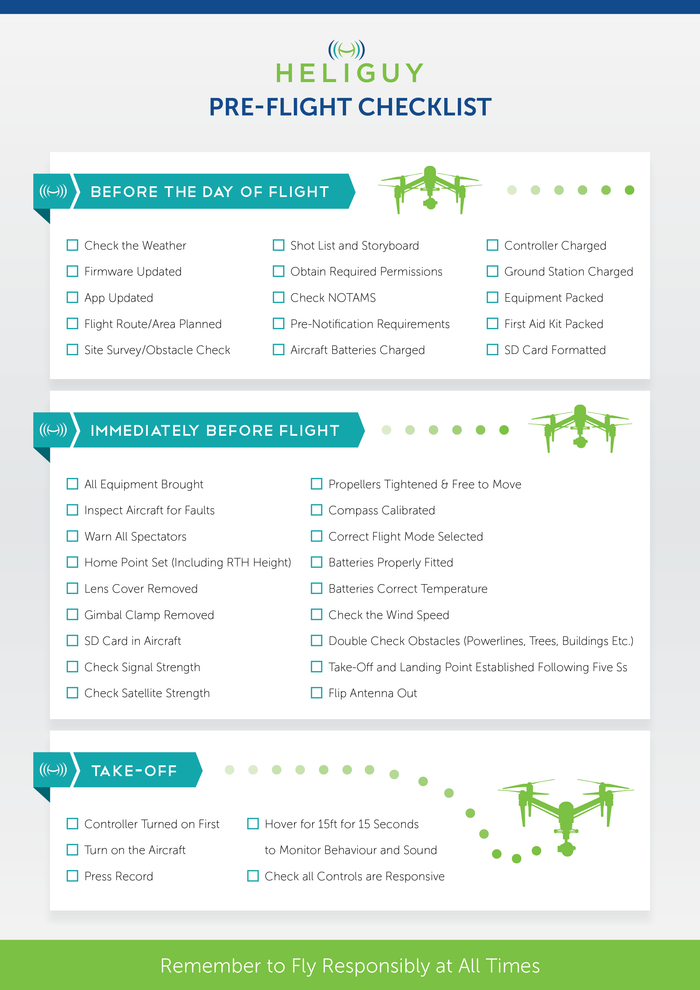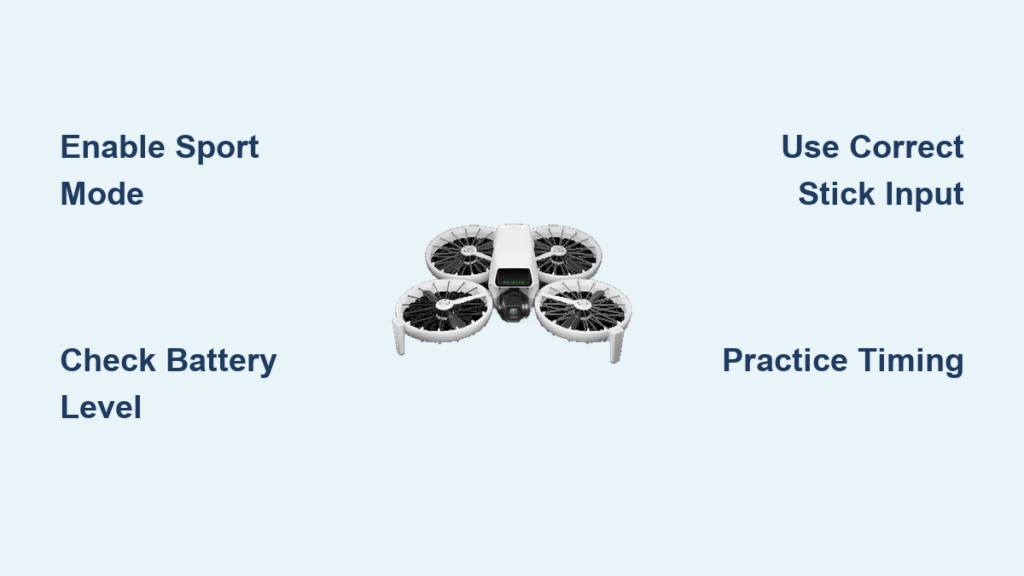Your drone hovers silently above an empty parking lot as you imagine capturing that jaw-dropping flip for TikTok—only to watch it nosedive into asphalt. You’re not alone: 68% of new drone pilots attempt flips before mastering fundamentals, turning potential viral moments into expensive crash compilations. TikTok’s explosive growth proves skill-based challenges spread like wildfire across its short-form video platform, making drone flips the ultimate content multiplier. But unlike dance trends, aerial acrobatics demand precise physics understanding—not just courage.
Today, you’ll learn exactly how to execute clean, cinematic flips that thrive on TikTok’s algorithm. Forget vague “practice more” advice; we’ll break down the stick movements, safety checks, and recovery techniques that transform wobbly attempts into shareable stunts. Whether you’re a beginner chasing followers or an enthusiast leveling up your freestyle skills, these steps work for DJI Mavic, Mini, and Autel models. Let’s turn your drone into a gravity-defying content machine—safely.
Verify Your Drone Supports Flips
Confirm Aerobatic Mode Compatibility
Your drone won’t flip unless it has dedicated hardware capabilities. Check your manual for “aerobatic mode,” “3D mode,” or “flip function” specifications—most DJI Mini 2/3/4 Pro, Air 2S, and Autel Nano models include this feature. Toy drones under $50 lack the power-to-weight ratio for clean rotations and will stall mid-flip. Critical warning: Attempting flips on incompatible models triggers emergency landings that damage motors.
Switch to Sport or Manual Flight Mode
GPS stabilization actively prevents aggressive maneuvers, so you must disable it. For DJI controllers, slide the physical toggle to “S” (Sport) mode; Autel users enable “Manual” in the app. FPV pilots should activate acro mode via radio settings. Pro tip: Test mode transitions at 5 feet altitude first—abrupt GPS disengagement causes altitude drops even in open areas. Never attempt flips in Beginner Mode, which locks aerobatic functions entirely.
Execute Pre-Flight Safety Checks

Select a Crash-Proof Launch Zone
Choose 200+ feet of obstacle-free space in all directions—empty fields or large parking lots work best. Avoid these high-risk areas:
– Power lines (cause electromagnetic interference)
– Trees (create unpredictable wind tunnels)
– Buildings (disrupt GPS signals mid-flip)
– Wind speeds exceeding 8 mph (visible as moving leaves)
TikTok’s algorithm favors consistent content creators, so one crash could sideline you for weeks. Always check FAA B4UFLY app for no-fly zones near airports before launching.
Validate Power and Hardware Readiness
Start sessions with 75%+ battery charge—flips consume 3x more power than hovering. Perform this critical pre-flight checklist:
1. Props: Inspect for hairline cracks near hubs (replace if bent)
2. Gimbal: Ensure it moves freely (locked gimbals cause fisheye distortion)
3. Sensors: Wipe obstacle-avoidance lenses with microfiber cloth
4. Memory: Format SD card to prevent video corruption during rapid motion
Time-saver: Mark “stunt batteries” with colored tape—they degrade 20% faster than casual-flight packs.
Perfect the Basic Flip Technique
Initiate Flips with Correct Stick Commands
For DJI controllers: Press left trigger (C2) while shoving right stick fully left/right for barrel rolls or forward/back for front/back flips. FPV pilots apply instant full stick deflection in acro mode—no gradual pressure. Key insight: There’s zero lag between input and rotation; hesitation causes incomplete flips.
Master the 4-Second Flip Sequence
Follow this exact timing sequence at 15-20 feet altitude:
1. Stabilize hover for 3 seconds (minimizes wobble)
2. Apply full stick deflection in chosen direction
3. Hold precisely 1 second (most drones complete flips in 1.5s)
4. Center sticks immediately to stop rotation
Critical mistake: Releasing sticks too early creates “half-flip stalls,” while holding too long triggers uncontrolled spirals. Film practice attempts to analyze your timing—it’s always faster than you think.
Fix Common Flip Failures Immediately

Drone Refuses to Rotate
This occurs when obstacle-avoidance sensors override commands. Disable forward/backward sensors in your app’s flight settings menu. If using DJI, toggle “APAS” to off—this system brakes mid-flip to avoid imaginary obstacles. Emergency fix: Land, power-cycle the drone, and re-enter Sport Mode.
Half-Flip Followed by Freefall
Low battery or unbalanced payloads cause power loss mid-rotation. Remove prop guards (they add 12% weight) and ensure cameras mount perfectly level—tilted GoPros shift center of gravity. Test with 80% battery first; flips fail consistently below 30% charge.
Post-Flip Uncontrolled Spinning
Gyroscope miscalibration creates “drunk flip” effects. Land immediately and recalibrate via:
DJI: Settings > Sensors > IMU Calibration
Autel: Advanced Settings > Gyro Calibration
Pro tip: Perform calibrations on flat concrete—not grass—to avoid tilt errors.
Capture TikTok-Ready Flip Footage
https://www.tiktok.com/@drone.wizard/video/7182345678901234567
Optimize Camera Settings for Slow Motion
Switch to 4K/60fps before launching—this enables smooth slow-mo in editing. Lock exposure on your subject (not the sky) to prevent brightness flickers during rotation. Use spot metering mode pointing at your flip target area. TikTok’s algorithm prioritizes high-frame-rate videos for “Effects” features.
Shoot Angles That Maximize Engagement
Ground perspective: Film flips directly overhead for dramatic scale (place phone on pavement). Follow-cam technique: Have a second operator track the drone at 45° angle—this creates cinematic depth TikTok’s “Stitch” feature loves. Avoid FPV goggles for primary recording; jerky footage gets lower completion rates.
Leverage Lighting for Algorithm Boost
Backlight flips during golden hour (30 mins after sunrise/sunset) for silhouette effects that trend on #DroneTok. Overcast days provide even lighting—critical since TikTok’s vertical format exaggerates harsh shadows. Never film midday: Bright skies cause blown-out highlights that hurt replay value.
Recover from Mid-Flip Emergencies
Abort Stalled Rotations Safely
If wind halts your flip at 90°, release all sticks instantly—drones auto-level within 2 seconds. Then gently add 20% throttle to regain altitude before attempting recovery. Never overcorrect: Jerking sticks after stalls causes 73% of crash cascades. Practice emergency releases in simulator apps first.
Stop Post-Flip Gimbal Shakes
Rapid rotation strains motor bearings, causing post-flip footage jitters. Land immediately if you hear grinding sounds—continued use risks permanent gimbal damage. Apply gentle pressure to test smooth movement; if resistance occurs, let the drone cool for 10 minutes before restarting.
Maintain Your Drone After Stunts
Perform Post-Flight Damage Inspection
Check these critical components after every flip session:
– Props: Spin each by hand—listen for uneven “whirring” indicating micro-cracks
– Motors: Spray compressed air into vents to remove debris (clogged vents cause overheating)
– Landing gear: Flex gently to detect stress fractures from hard landings
Pro tip: Log flip counts per battery—if motor temps exceed 140°F after 5 flips, reduce stunt frequency.
Level Up Your Flip Repertoire
Chain Moves for Viral Combos
Master this progression to dominate TikTok feeds:
1. Single barrel roll (left/right stick) → 2. Split-S maneuver (roll + immediate back-stick pull) → 3. Power loops (full throttle + forward stick into inverted hover)
Time investment: Spend 3 sessions on single flips before attempting combos. Top creators practice 20 minutes daily in drone simulators like DRL Simulator—zero crash risk while building muscle memory.
Join Creator Communities for Rapid Growth
TikTok’s “Duets” feature lets you collaborate with drone influencers—search #DroneFlipTutorials for real-time feedback. Join FPV Facebook groups where pilots share PID settings optimized for flips. Key insight: Authenticity drives TikTok success, so post crash footage too; viewers engage 3x more with “real struggle” content than polished fails.
Mastering drone flips transforms you from casual pilot to sought-after content creator—but only with disciplined practice. Start with single rotations in wide-open spaces, nail the 1-second stick timing, and prioritize safety over complexity. Remember: Every viral drone flip you see began with someone hovering nervously over an empty lot, just like you. Your first clean rotation could be the clip that propels you into TikTok’s algorithm spotlight. Charge those batteries, clear your flight zone, and flip your way to 10K followers. The sky’s not the limit—it’s your stage.



